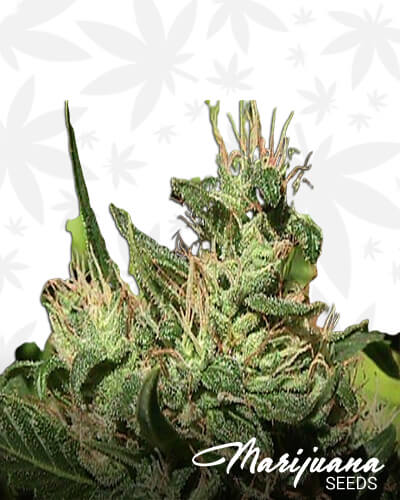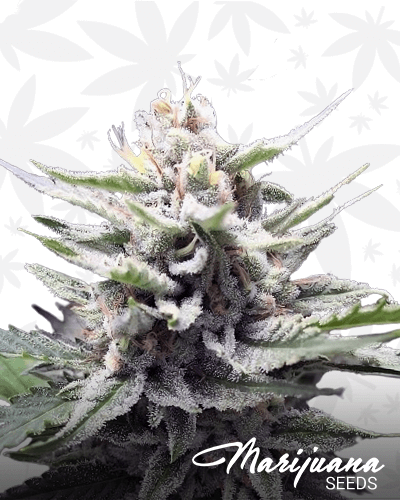Jack Herer x NL5 Strain Information
This pure Sativa strain is from Pukka Seeds, with a combination of two champion strains, the NL5 x Haze, which won the 1994 Cannabis Cup, and the ever famous Jack Herer who won in the same cup the next year. You will find the appearance of this weed very unique, with its short forest green fan leaves twirls from any sides, buds are minty green with green and brown pistils and trichomes adding sparkles to her already vibrant character.
What are the Flavor and Effects of Jack Herer x NL5?
The flavors of the Jack Herer x NL5 does not fall far from her parental strain. This weed exhibits characteristics of juicy tropical fruits, enhanced with the sweetness of Sativa and very sour citrus finish upon exhale.
The combination of the two potent strains resulted in a very devastating high that will leave you packed with energy and happiness to seize the day. The uplifting euphoria usually starts in between the eyes and making its way to the deepest part of your brain bringing in focus and creativity.
What are the Medical Benefits of Jack Herer x NL5?
Many patients are choosing to use this particular cannabis to relieve them from chronic pain due to inflammation, arthritis, cancer, and multiple sclerosis. It can also increase the serotonin in the brain which is responsible for regulating one’s sleep, mood, and learning which can be very useful for those with anxiety, ADD/ADHD, depression, and Post Traumatic Stress Disorder.
Negative Effects you Can Expect from Jack Herer x NL5.
This marijuana is highly potent and may cause anxiety for people who happens to have a low tolerance to high THC levels. Even the experienced users can sometimes feel dizzy when smoking too much of this pot. Additionally, this cannabis, as well as with any kind of strain, can cause dry mouth, so keeping hydrated at all times is highly advised.
How to Grow Jack Herer x NL5?
You can cultivate this marijuana either in the comforts of your own house or outside in a garden or greenhouse. It is effortless to maintain that it would only require slow feeding to avoid nutrient burn.

















